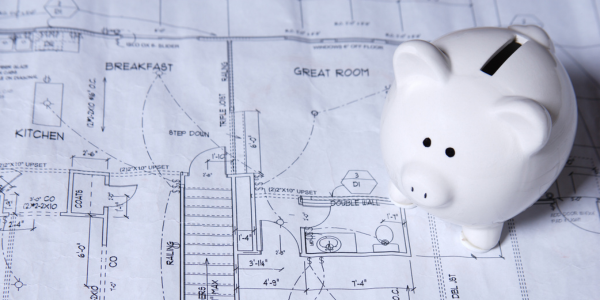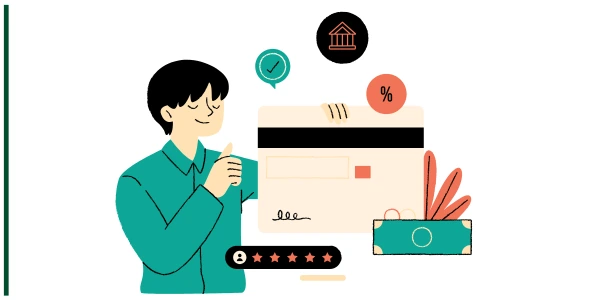What Is Compound Interest and Why It Matters for Young Adults
Compound interest is one of the most powerful tools in personal finance. In fact, Albert Einstein reportedly called it the “eighth wonder of the world.” Whether or not he really said that, the truth is: compound interest can turn small savings into significant wealth over time—especially if you start young. In this article, we’ll break … Read more










